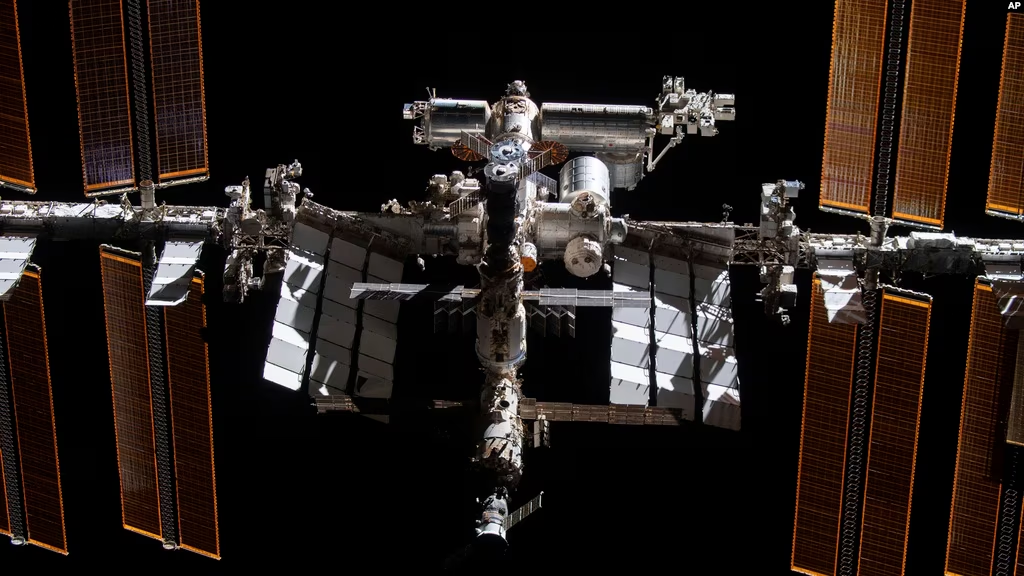A defunct Russian satellite, RESURS-P1, has shattered into over 100 pieces of debris in orbit, prompting astronauts aboard the International Space Station (ISS) to seek shelter for about an hour. This incident has exacerbated the already significant issue of space junk, U.S. space agencies reported.
The cause of the breakup, which occurred around noon EDT (1600 GMT) on Wednesday, remains unclear. RESURS-P1, an Earth observation satellite declared dead by Russia in 2022, disintegrated in an orbit near the ISS, leading U.S. astronauts to take precautionary measures in their spacecraft, NASA’s Space Station office confirmed.
U.S. Space Command, monitoring the debris swarm, stated that there is no immediate threat to other satellites. The satellite’s fragmentation produced “over 100 pieces of trackable debris,” a number that had increased to at least 180 by Thursday afternoon, according to space-tracking firm LeoLabs.
Despite the critical situation, the Russian space agency Roscosmos has not responded to requests for comment or publicly acknowledged the event.
Large-scale debris-generating events in space are rare but are becoming a growing concern as satellite networks vital for communication, navigation, and other services proliferate. The RESURS-P1 breakup occurred at an altitude of approximately 355 km (220 miles) in low-Earth orbit, a region densely populated with satellites, including SpaceX’s Starlink network and China’s space station.
LeoLabs indicated that the debris cloud, due to its low orbit, could pose a hazard for weeks to months. The ongoing increase in space debris, currently estimated at around 25,000 pieces larger than 10 cm, heightens the risk of a Kessler effect—a scenario where collisions generate more debris, leading to cascading satellite crashes.
The situation recalls a similar incident in 2021 when Russia faced international condemnation after using an anti-satellite (ASAT) missile to destroy one of its defunct satellites, creating thousands of pieces of debris.
There is no immediate evidence suggesting that the RESURS-P1 breakup was caused by another ASAT strike. Harvard astronomer Jonathan McDowell speculated that an internal malfunction, such as leftover fuel causing an explosion, might be more likely.
In response to the debris threat, NASA alerted the six U.S. astronauts on the ISS to execute “safe haven” procedures. The astronauts took refuge in their respective spacecraft—Boeing’s Starliner, SpaceX’s Crew Dragon, and Russia’s Soyuz—prepared for an emergency departure if necessary. After about an hour, they emerged and resumed their work on the station.
The growing risks of satellite collisions and space warfare underscore the urgent need for an international mechanism to manage space traffic, a call echoed by space advocates and legal experts.
